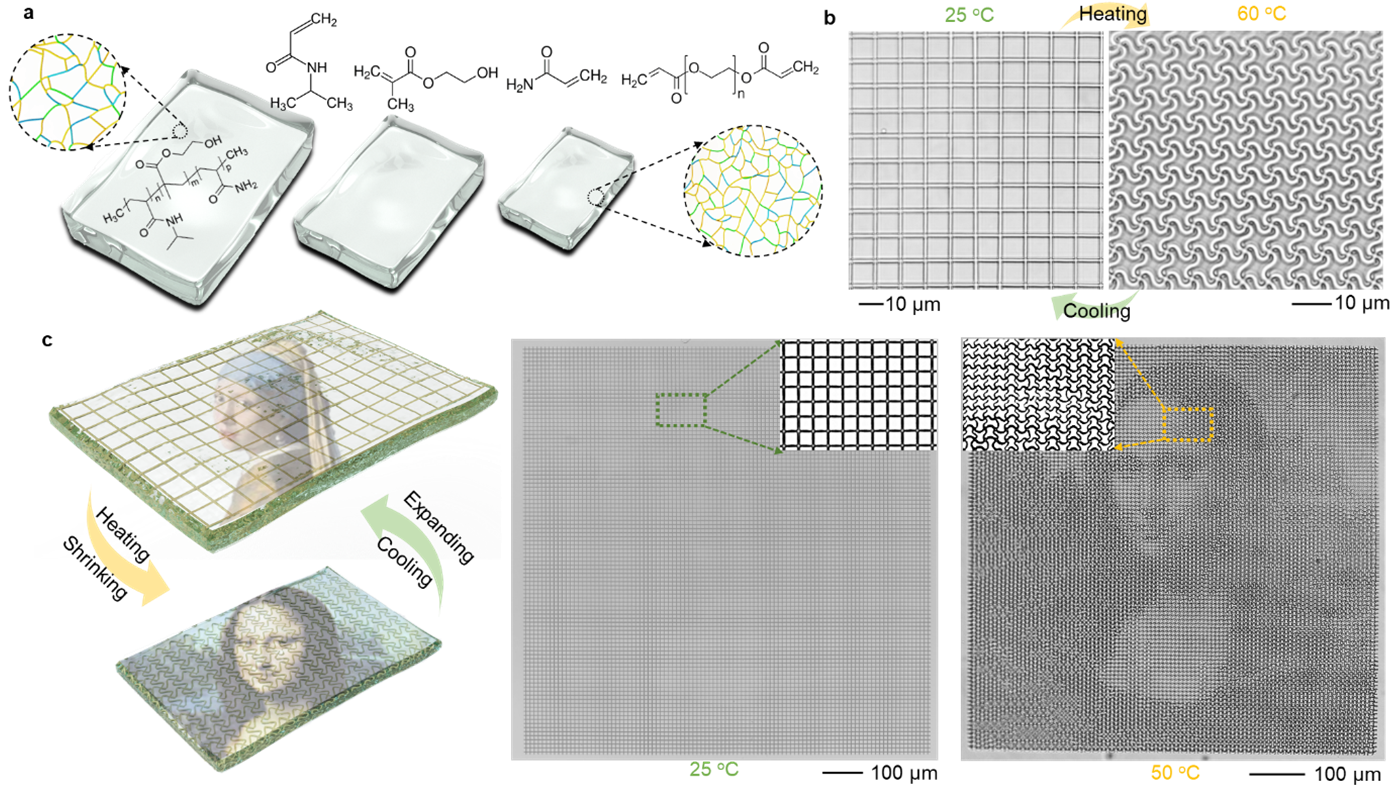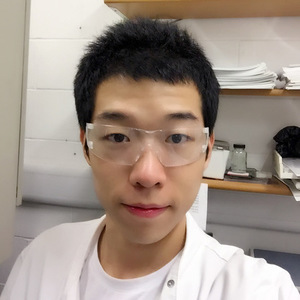Enhanced Flexible Mold Lifetime for Roll‐to‐Roll Scaled‐Up Manufacturing of Adhesive Complex Microstructures
Bioinspired Microstructured Adhesives with Facile and Fast Switchability for Part Manipulation in Dry and Wet Conditions
Smart Materials for manipulation and actuation of small-scale structures
3D nanofabrication of various materials for advanced multifunctional microrobots
Liquid Crystal Mesophase of Supercooled Liquid Gallium And Eutectic Gallium–Indium
Machine Learning-Based Pull-off and Shear Optimal Adhesive Microstructures
Information entropy to detect order in self-organizing systems
Individual and collective manipulation of multifunctional bimodal droplets in three dimensions
Microrobot collectives with reconfigurable morphologies and functions
Self-organization in heterogeneous and non-reciprocal regime
Biomimetic Emulsion Systems
Giant Unilamellar Vesicles for Designing Cell-like Microrobots
Bioinspired self-assembled colloidal collectives drifting in three dimensions underwater
Smart Materials for manipulation and actuation of small-scale structures

While we can easily assemble, manipulate, and actuate macroscopic architectures and structures using conventional tools, the same cannot be said for that at the nano/microscale due to the scaling effects and increased complexity of dominant interaction forces at these length scales. As such, our research seeks to develop high-performance smart (polymer) materials that can manipulate or actuate micro/nanostructures, aiming to bridge the gap between macroscopic manipulation and small-scale complex structures. our current focus is on the synthesis of stimuli-responsive smart materials, such as hydrogels and liquid crystal elastomers (LCEs), which can be used to reconfigure and actuate the building blocks of microstructures globally and site-specifically.
Smart materials, also known as intelligent or stimuli-responsive materials, have transformed various multidisciplinary fields, offering new possibilities for redefining our interaction with the small-scale world. They possess unique ability to respond to various external stimuli, including thermal, electrical, mechanical, optical, magnetic, and acoustic signals, and adjust their intrinsic properties accordingly. This responsiveness enables them to self-deform, self-sense, self-adapt, self-heal, and even self-diagnose, which collectively endowing them with the potential to create various smart devices. Among various types of smart soft materials, deformation behaviors in response to a diverse range of stimuli stand out as a crucial aspect of their functionality. Such deformations can be initiated by various means, including field-induced forces, such as magnetic and acoustic forces, or intrinsic property alterations, such as the hydrophilic/hydrophobic transition of hydrogels and the nematic-to-isotropic transition of LCEs. These deformations exhibited by smart materials serve as a potent catalyst for the manipulation of objects at the micro/nanoscale. Their unique attributes, including wireless or contactless actuation, make them particularly well-suited in achieving small-scale manipulation and their applications in enclosed spaces, such as inside the human body or microfluidic chips.
Our research focuses on the developing smart materials in achieving the assembly, manipulation, and actuation of structures and materials at the nano- and microscale, and our work contributes to the development of small-scale advanced materials and structures with potential applications in various fields. We are investigating the biomimetic strategies of manipulating and actuating small-scale structures using bio-inspired smart materials. We developed a hydrogel muscle that overcomes issues such as non-linear deformation and opacity that exist in currently used hydrogels (Figure 1a; []). This artificial hydrogel muscle enables global and local reconfiguration of micro-metastructures fabricated through the two-photon polymerization (2PP) process (Figure 1b). Based on the system, we have encoded complex information into these metastructures for stimuli-responsive encryptions (Figure 1c). To further expand the capabilities of these structures, we have also developed an all-in-one lithography for writing multi-channel information onto the surface of the hydrogel muscle by controlling the dosage domain of the femtosecond laser and dynamic displaying was achieved on the electronic-component-free hydrogel muscles ([]). Furthermore, we have developed an artificial skin that can actuate micro-metastructure ([]). By further tailoring the local thermal conduction of the artificial LCE skin, we achieved local actuation of artificial micro-hair arrays inspired by natural mechanism of goosebump generation on animal skins and demonstrated the application in micromachines ([
]).
Members
Publications


